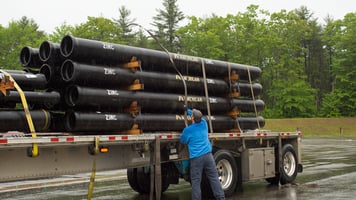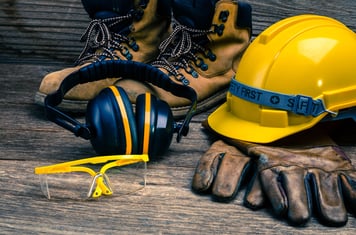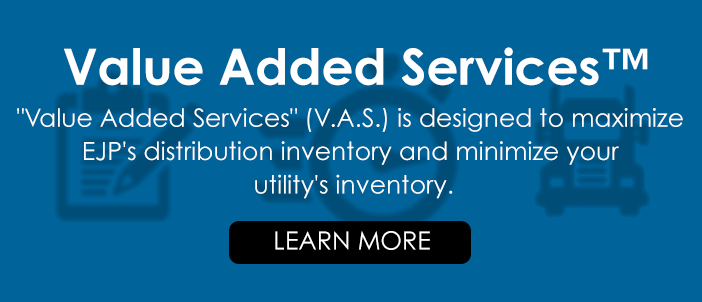Safety - Heavy Equipment - OSHA Training
- Home
- Team EJP Blog
- Safety - Heavy Equipment - OSHA Training
- Sep 14, 2016 7:47:19 AM
- Everett J. Prescott
When you're working around heavy machinery, there's always a risk of danger from the weight and power of these big machines. Because heavy equipment is designed to handle very large volumes or loads of material, they can have issues with line of vision and can cause accidents as a worker is caught in or under the machinery. For this reason, it's vital that they be operated properly and with a crew that is alert to everything going on around them. Here are some basics of how your heavy equipment should be operated and how your crew should work around it safely.
General Rules When Heavy Equipment is Nearby

- Always remain alert to the equipment moving around you. Heavy machinery is often able to move in ways you may not expect, quickly trapping you or drawing you in.
- Do not get near moving equipment unless necessary. Sure, it's fun to see the big equipment up close, but unless you're needed right there, right then, than stay back.
- Never ride on equipment unless it has been designed to carry you. This means it must have a seat and a seat belt. Even though everyone and their brother is ready to hop on the back, avoid doing so as a sudden lurch could throw you in a direction you don't expect.
- Do not walk along beside equipment. If it is necessary to travel with a piece of equipment, walk in front or behind it. If there are issues with soil stability, stay to the direction the equipment is least likely to go, such as uphill.
- Try to stay in view of the operator. You must remain in view of the operator when working around excavation or trenching if you are the “top person.” If you can't see them, they can't see you.
Rules For Transporting Heavy Equipment
- Inspect all transporting equipment and make sure it is all in good working condition. You don't want to lose a tire going down the interstate.
- Always provide for the protection of the general public. This includes warning lights, barricading or flagging to keep people away.
- Wear safety shoes. They should have toe protection and have good traction to prevent you from slipping under the machinery.
- Estimate the center of gravity for the equipment to be loaded. This will help you prevent rollovers or loss of control.

- Always load equipment slowly onto its carrier. This helps you catch any problems that can snowball down the road.
- If equipment is to be driven off-site, make sure the steering, braking and light systems are in good operating condition. This helps you prevent accidents.
- Tightly secure the piece of equipment to its carrier. You can use chains, straps, rope or cable, but make sure it's held down and won't creep under motion.
- Be sure that the boom or any other extensions of the equipment are tightly secured. If they swing freely, there's nothing to stop them from causing damage.
- If working with others, be sure to work as a team. Lift at the same time and use multiple sets of eyes to keep an eye on crew safety.
- Keep your hands dry and free of grease and oil as possible. You don't want them to slip when you need them most.
- Always keep the loading area free of debris and unnecessary tools. This not only speeds up the process, but prevents damage to the machinery and tools.
What else can be done to protect workers and the general public?
But beyond the immediate work area, have you considered the safety of the general public? When you need to do work that requires heavy equipment, it's important to take precautions to exclude the general public from that area. Options you can consider include flaggers and barricade or taping off the work area.
It's important to realize that when working with heavy equipment, even a small mistake can become a serious problem, resulting in injury or death of a crew member or a member of the public. By keeping this foremost in your thoughts and maintaining situational awareness, you can help prevent an accident that can cost lives. At Team EJP, we're dedicated to giving you what you need to get the job done quickly, effectively and safely. Contact us today to get the right tools for the job.








